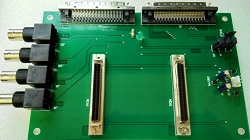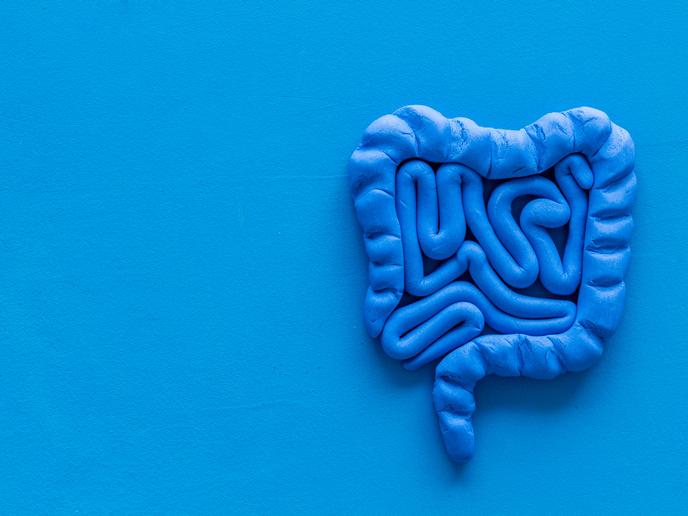Towards enhanced regenerative medicine to cure epilepsy
Temporal lobe epilepsy (TLE) is the most common form of epilepsy and yet, the most unresponsive to treatment. Patients have a typical pattern of progressive brain damage that affects cognitive and emotional processes. The H2020 EU project Re.B.Us worked to lay the foundation of biohybrid approaches to induce self-healing of the dysfunctional brain. As the fellow, Dr Gabriella Panuccio, explains, “Our goal was to achieve the proof-of-concept that the diseased brain can be healed by means of a biohybrid approach, which merges tools from biology and engineering.” Patterns of electrical activity in TLE Researchers used an in vitro model of TLE – rodent brain slices including key-player brain areas in TLE, treated pharmacologically to induce the typical electrical activity patterns seen in TLE patients. Microelectrode array electrophysiology and engineering tools were combined to modulate these patterns. A physiological dialogue between affected brain regions was re-established via electronic bridges. “At the core of the experimental design was the signal generated by the hippocampus, which can prevent seizures initiated by the cortex but is compromised in TLE,” Dr Panuccio points out. Dialogue restoration between cortex and hippocampus The researchers were able to rectify cortical seizure-propensity by first replacing the missing hippocampal brain signal with a surrogate electrical stimulation pattern that mimics the temporal dynamics of hippocampal activity. Subsequently, they used a unidirectional electronic bridge to re-establish the functional dialogue between hippocampus and cortex. Ultimately, a hippocampal slice was used as ‘graft’ tissue to replace the hippocampus of the ‘host’ cortex slice to control seizure activity in the latter. “This represents the ultimate goal of Re.B.Us and these pioneering experiments herald the feasibility of the biohybrid approach proposed by Re.B.Us” stresses Dr Panuccio. Ingenious electrical modulation In its ultimate piece of work, Re.B.Us researchers established a bidirectional electronic bridge between two distinct brain slices, one acting as the ‘healthy’ graft hippocampus and the other acting as the ‘diseased’ host cortex. Pathological events detected in the cortex triggered electrical stimulation of the hippocampus; which in turn, caused detection of activity in the hippocampus and electrical stimulation onto the cortex. The developed control software was carefully refined to achieve the optimal stimulation policy to reciprocally engage the graft and host tissues to significantly decrease seizure activity. Into the realms of the unknown – neuromorphic engineering and AI Following the simplified in vitro paradigm of Re.B.Us the next logical step is using hippocampal organoids as graft tissue in epileptic rodents in vivo. Dr Panuccio explains, “Hippocampal organoids are bioengineered replicas of hippocampal tissue that can be generated in vitro starting from stem cells. Very little is known about their electrical activity, since they have only recently been obtained with tissue engineering techniques, but they appear to be intrinsically endowed with the ability to generate the pattern that can suppress seizures.” Future strategies to cure epilepsy could rely on the joint exploitation of neural transplants with neuromorphic engineering and artificial intelligence (AI). Neuromorphic engineering could be an unprecedented solution for the design of biomimetic brain prostheses, which behave similarly to the brain and learn how to operate to promote healthy graft-host integration. AI would optimise in real-time the function of neuromorphic electronics to prevent the graft entrainment and damage from pathological activity of the host brain. “The leading view is that neuromorphic electronics and AI algorithms would eventually deactivate upon successful recovery of brain function, when their intervention would no longer be necessary,” Dr Panuccio points out. Summing up Re.B.Us’ achievements, Dr Panuccio states, “I think that Re.B.Us represents the starting point of a novel approach to brain repair, based on the joint exploitation of regenerative medicine and neural engineering; a biohybrid exploitation strategy that will possibly overturn the way we approach brain disorders, shifting the current paradigm from treating the diseased brain to healing it.”
Keywords
Re.B.Us, brain, hippocampus, cortex, graft, temporal lobe epilepsy (TLE), epilepsy, artificial intelligence (AI), neuromorphic engineering, biohybrid







